Fabien Ringeval
REACT 2025: the Third Multiple Appropriate Facial Reaction Generation Challenge
May 22, 2025Abstract:In dyadic interactions, a broad spectrum of human facial reactions might be appropriate for responding to each human speaker behaviour. Following the successful organisation of the REACT 2023 and REACT 2024 challenges, we are proposing the REACT 2025 challenge encouraging the development and benchmarking of Machine Learning (ML) models that can be used to generate multiple appropriate, diverse, realistic and synchronised human-style facial reactions expressed by human listeners in response to an input stimulus (i.e., audio-visual behaviours expressed by their corresponding speakers). As a key of the challenge, we provide challenge participants with the first natural and large-scale multi-modal MAFRG dataset (called MARS) recording 137 human-human dyadic interactions containing a total of 2856 interaction sessions covering five different topics. In addition, this paper also presents the challenge guidelines and the performance of our baselines on the two proposed sub-challenges: Offline MAFRG and Online MAFRG, respectively. The challenge baseline code is publicly available at https://github.com/reactmultimodalchallenge/baseline_react2025
REACT 2024: the Second Multiple Appropriate Facial Reaction Generation Challenge
Jan 10, 2024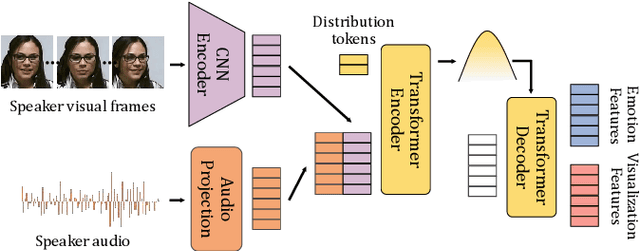
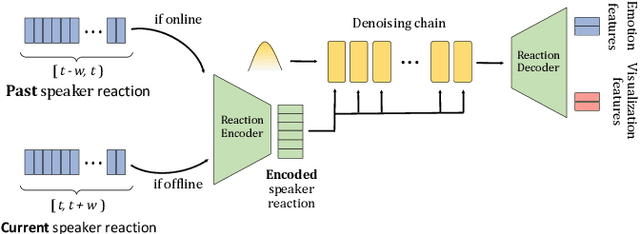
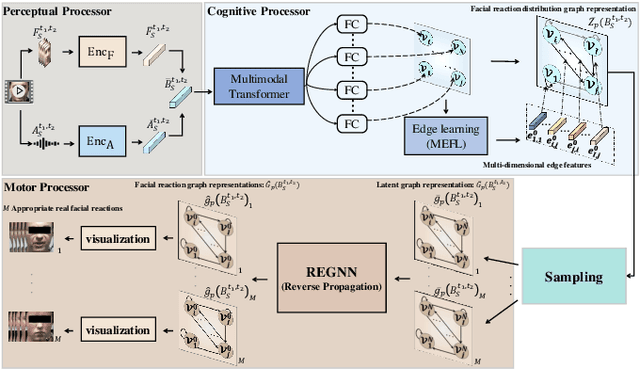
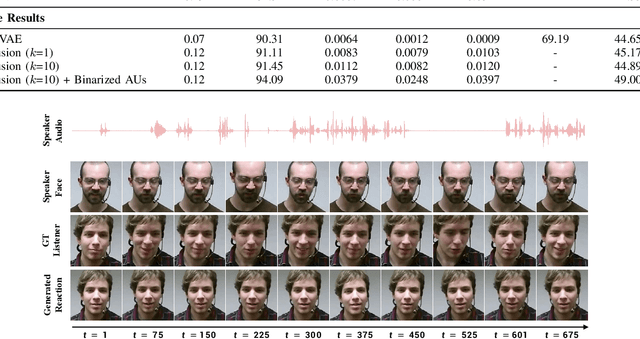
Abstract:In dyadic interactions, humans communicate their intentions and state of mind using verbal and non-verbal cues, where multiple different facial reactions might be appropriate in response to a specific speaker behaviour. Then, how to develop a machine learning (ML) model that can automatically generate multiple appropriate, diverse, realistic and synchronised human facial reactions from an previously unseen speaker behaviour is a challenging task. Following the successful organisation of the first REACT challenge (REACT 2023), this edition of the challenge (REACT 2024) employs a subset used by the previous challenge, which contains segmented 30-secs dyadic interaction clips originally recorded as part of the NOXI and RECOLA datasets, encouraging participants to develop and benchmark Machine Learning (ML) models that can generate multiple appropriate facial reactions (including facial image sequences and their attributes) given an input conversational partner's stimulus under various dyadic video conference scenarios. This paper presents: (i) the guidelines of the REACT 2024 challenge; (ii) the dataset utilized in the challenge; and (iii) the performance of the baseline systems on the two proposed sub-challenges: Offline Multiple Appropriate Facial Reaction Generation and Online Multiple Appropriate Facial Reaction Generation, respectively. The challenge baseline code is publicly available at https://github.com/reactmultimodalchallenge/baseline_react2024.
Can GPT models Follow Human Summarization Guidelines? Evaluating ChatGPT and GPT-4 for Dialogue Summarization
Oct 25, 2023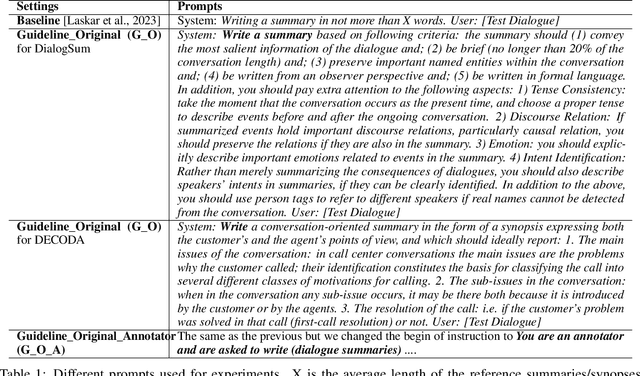
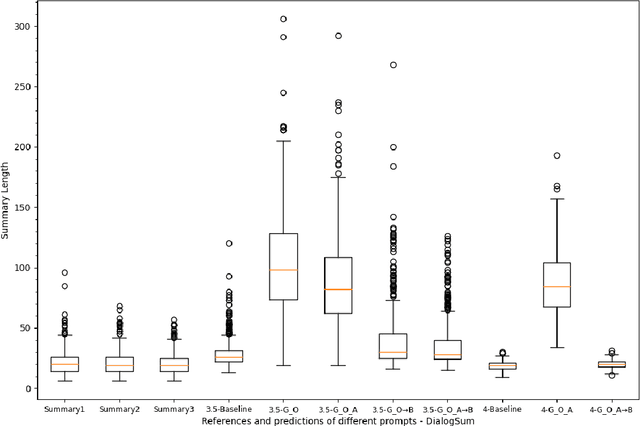
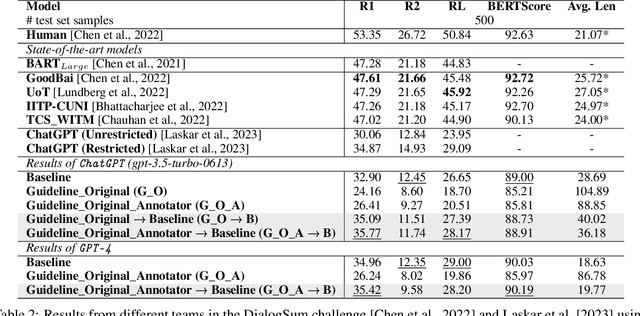
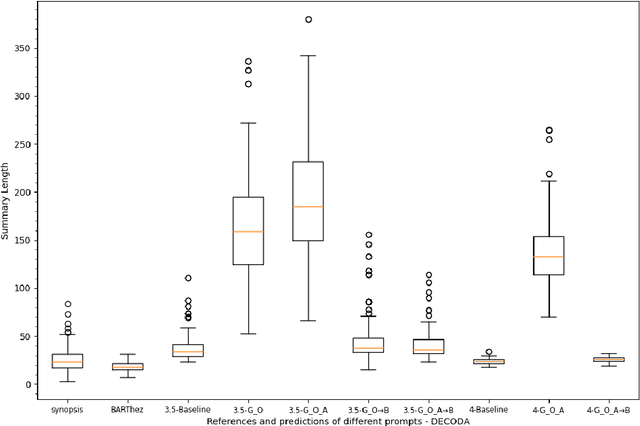
Abstract:This study explores the capabilities of prompt-driven Large Language Models (LLMs) like ChatGPT and GPT-4 in adhering to human guidelines for dialogue summarization. Experiments employed DialogSum (English social conversations) and DECODA (French call center interactions), testing various prompts: including prompts from existing literature and those from human summarization guidelines, as well as a two-step prompt approach. Our findings indicate that GPT models often produce lengthy summaries and deviate from human summarization guidelines. However, using human guidelines as an intermediate step shows promise, outperforming direct word-length constraint prompts in some cases. The results reveal that GPT models exhibit unique stylistic tendencies in their summaries. While BERTScores did not dramatically decrease for GPT outputs suggesting semantic similarity to human references and specialised pre-trained models, ROUGE scores reveal grammatical and lexical disparities between GPT-generated and human-written summaries. These findings shed light on the capabilities and limitations of GPT models in following human instructions for dialogue summarization.
LeBenchmark 2.0: a Standardized, Replicable and Enhanced Framework for Self-supervised Representations of French Speech
Sep 11, 2023Abstract:Self-supervised learning (SSL) is at the origin of unprecedented improvements in many different domains including computer vision and natural language processing. Speech processing drastically benefitted from SSL as most of the current domain-related tasks are now being approached with pre-trained models. This work introduces LeBenchmark 2.0 an open-source framework for assessing and building SSL-equipped French speech technologies. It includes documented, large-scale and heterogeneous corpora with up to 14,000 hours of heterogeneous speech, ten pre-trained SSL wav2vec 2.0 models containing from 26 million to one billion learnable parameters shared with the community, and an evaluation protocol made of six downstream tasks to complement existing benchmarks. LeBenchmark 2.0 also presents unique perspectives on pre-trained SSL models for speech with the investigation of frozen versus fine-tuned downstream models, task-agnostic versus task-specific pre-trained models as well as a discussion on the carbon footprint of large-scale model training.
Evaluating Emotional Nuances in Dialogue Summarization
Jul 23, 2023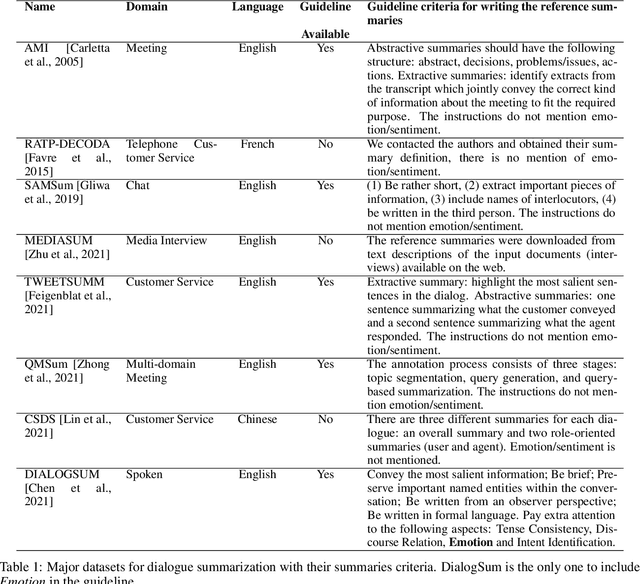
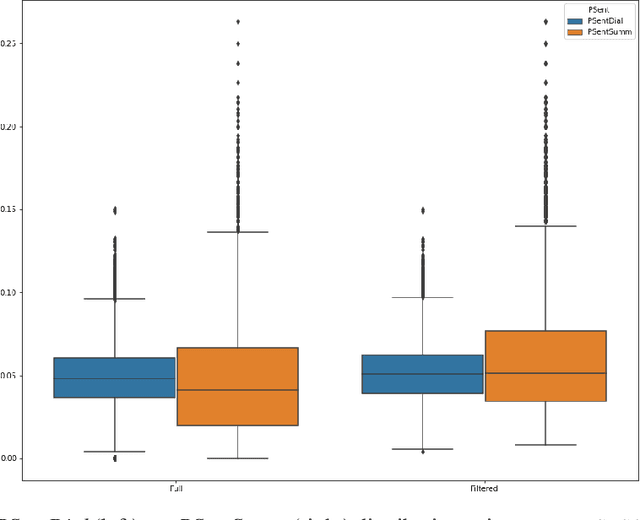

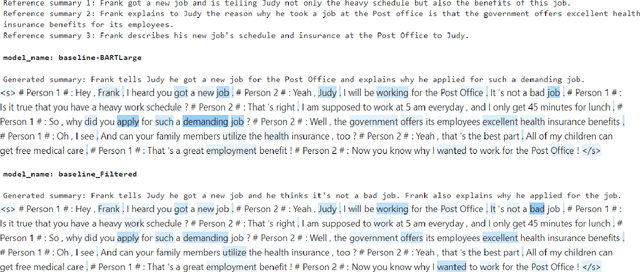
Abstract:Automatic dialogue summarization is a well-established task that aims to identify the most important content from human conversations to create a short textual summary. Despite recent progress in the field, we show that most of the research has focused on summarizing the factual information, leaving aside the affective content, which can yet convey useful information to analyse, monitor, or support human interactions. In this paper, we propose and evaluate a set of measures $PEmo$, to quantify how much emotion is preserved in dialog summaries. Results show that, summarization models of the state-of-the-art do not preserve well the emotional content in the summaries. We also show that by reducing the training set to only emotional dialogues, the emotional content is better preserved in the generated summaries, while conserving the most salient factual information.
REACT2023: the first Multi-modal Multiple Appropriate Facial Reaction Generation Challenge
Jun 11, 2023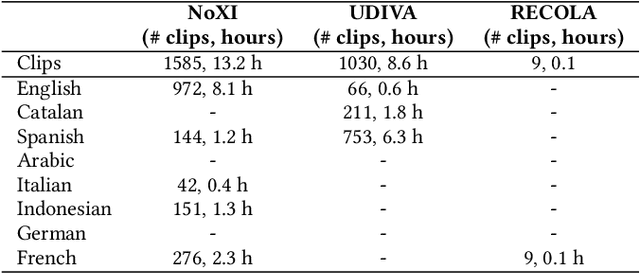
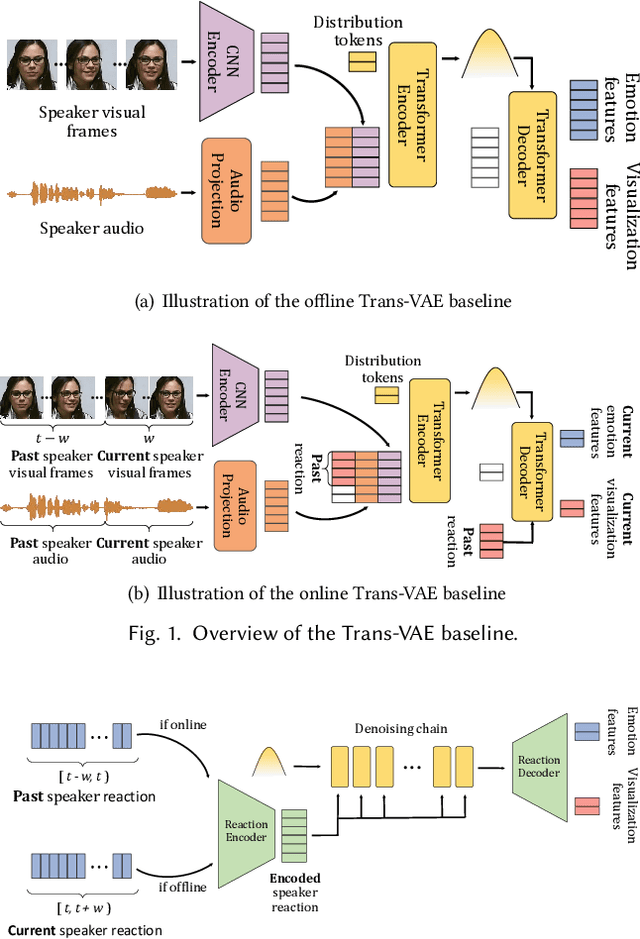
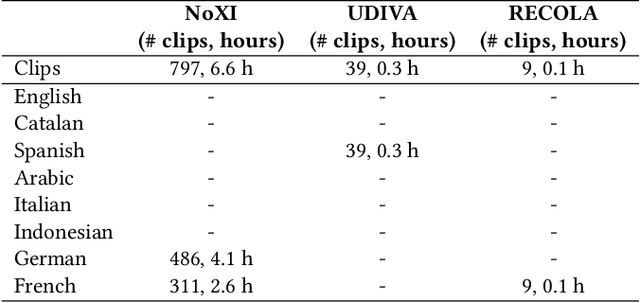
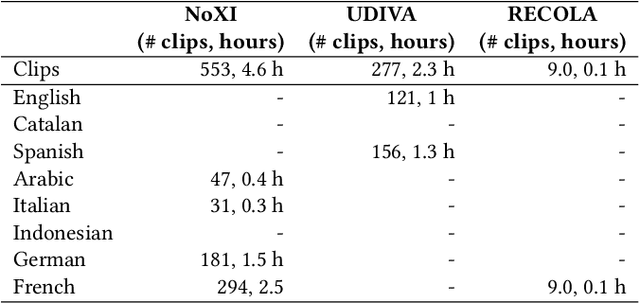
Abstract:The Multi-modal Multiple Appropriate Facial Reaction Generation Challenge (REACT2023) is the first competition event focused on evaluating multimedia processing and machine learning techniques for generating human-appropriate facial reactions in various dyadic interaction scenarios, with all participants competing strictly under the same conditions. The goal of the challenge is to provide the first benchmark test set for multi-modal information processing and to foster collaboration among the audio, visual, and audio-visual affective computing communities, to compare the relative merits of the approaches to automatic appropriate facial reaction generation under different spontaneous dyadic interaction conditions. This paper presents: (i) novelties, contributions and guidelines of the REACT2023 challenge; (ii) the dataset utilized in the challenge; and (iii) the performance of baseline systems on the two proposed sub-challenges: Offline Multiple Appropriate Facial Reaction Generation and Online Multiple Appropriate Facial Reaction Generation, respectively. The challenge baseline code is publicly available at \url{https://github.com/reactmultimodalchallenge/baseline_react2023}.
Cross-domain Voice Activity Detection with Self-Supervised Representations
Sep 22, 2022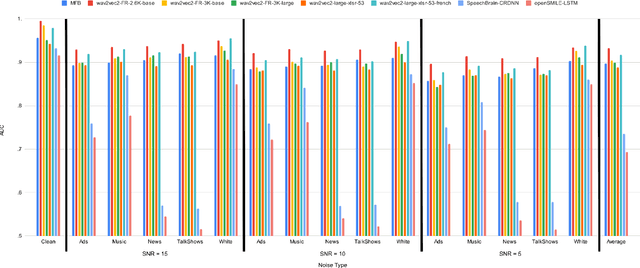
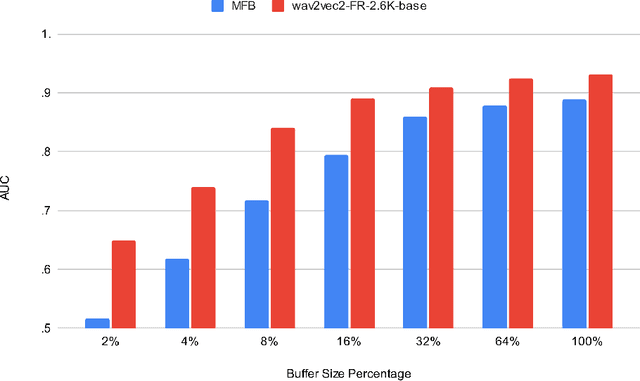
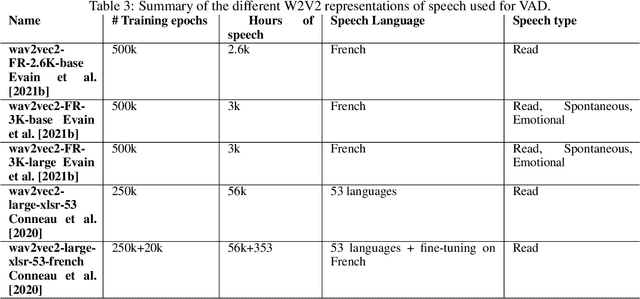
Abstract:Voice Activity Detection (VAD) aims at detecting speech segments on an audio signal, which is a necessary first step for many today's speech based applications. Current state-of-the-art methods focus on training a neural network exploiting features directly contained in the acoustics, such as Mel Filter Banks (MFBs). Such methods therefore require an extra normalisation step to adapt to a new domain where the acoustics is impacted, which can be simply due to a change of speaker, microphone, or environment. In addition, this normalisation step is usually a rather rudimentary method that has certain limitations, such as being highly susceptible to the amount of data available for the new domain. Here, we exploited the crowd-sourced Common Voice (CV) corpus to show that representations based on Self-Supervised Learning (SSL) can adapt well to different domains, because they are computed with contextualised representations of speech across multiple domains. SSL representations also achieve better results than systems based on hand-crafted representations (MFBs), and off-the-shelf VADs, with significant improvement in cross-domain settings.
Dynamic Time-Alignment of Dimensional Annotations of Emotion using Recurrent Neural Networks
Sep 21, 2022
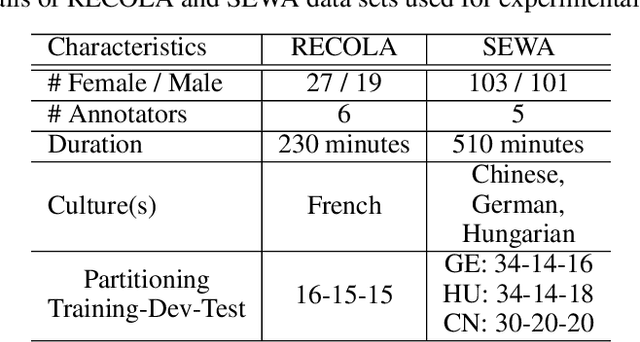

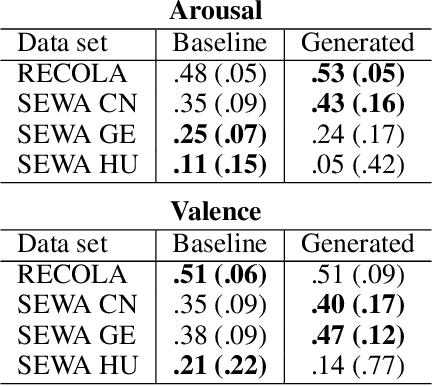
Abstract:Most automatic emotion recognition systems exploit time-continuous annotations of emotion to provide fine-grained descriptions of spontaneous expressions as observed in real-life interactions. As emotion is rather subjective, its annotation is usually performed by several annotators who provide a trace for a given dimension, i.e. a time-continuous series describing a dimension such as arousal or valence. However, annotations of the same expression are rarely consistent between annotators, either in time or in value, which adds bias and delay in the trace that is used to learn predictive models of emotion. We therefore propose a method that can dynamically compensate inconsistencies across annotations and synchronise the traces with the corresponding acoustic features using Recurrent Neural Networks. Experimental evaluations were carried on several emotion data sets that include Chinese, French, German, and Hungarian participants who interacted remotely in either noise-free conditions or in-the-wild. The results show that our method can significantly increase inter-annotator agreement, as well as correlation between traces and audio features, for both arousal and valence. In addition, improvements are obtained in the automatic prediction of these dimensions using simple light-weight models, especially for valence in noise-free conditions, and arousal for recordings captured in-the-wild.
Effectiveness of French Language Models on Abstractive Dialogue Summarization Task
Jul 17, 2022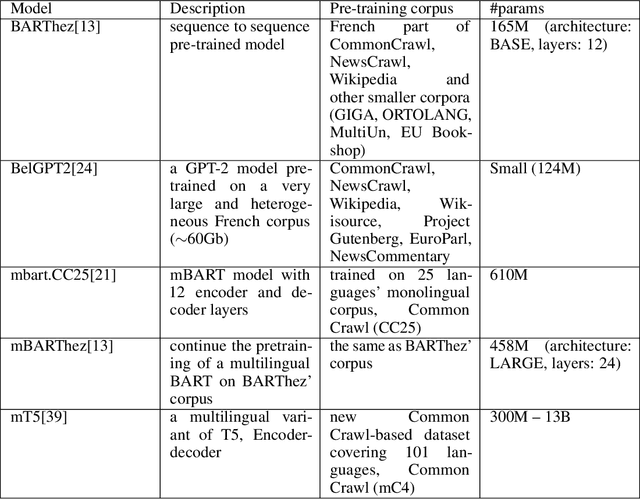
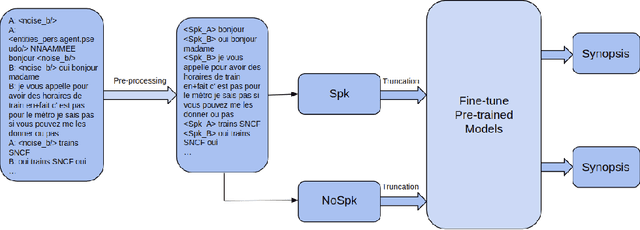


Abstract:Pre-trained language models have established the state-of-the-art on various natural language processing tasks, including dialogue summarization, which allows the reader to quickly access key information from long conversations in meetings, interviews or phone calls. However, such dialogues are still difficult to handle with current models because the spontaneity of the language involves expressions that are rarely present in the corpora used for pre-training the language models. Moreover, the vast majority of the work accomplished in this field has been focused on English. In this work, we present a study on the summarization of spontaneous oral dialogues in French using several language specific pre-trained models: BARThez, and BelGPT-2, as well as multilingual pre-trained models: mBART, mBARThez, and mT5. Experiments were performed on the DECODA (Call Center) dialogue corpus whose task is to generate abstractive synopses from call center conversations between a caller and one or several agents depending on the situation. Results show that the BARThez models offer the best performance far above the previous state-of-the-art on DECODA. We further discuss the limits of such pre-trained models and the challenges that must be addressed for summarizing spontaneous dialogues.
LeBenchmark: A Reproducible Framework for Assessing Self-Supervised Representation Learning from Speech
Apr 23, 2021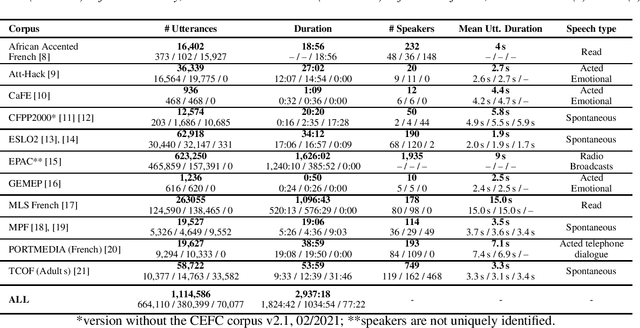
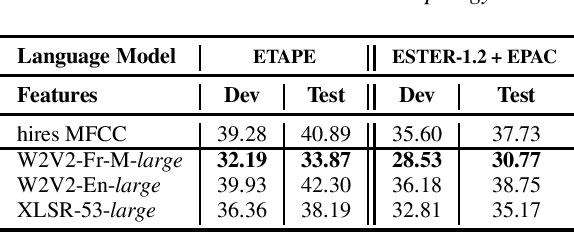
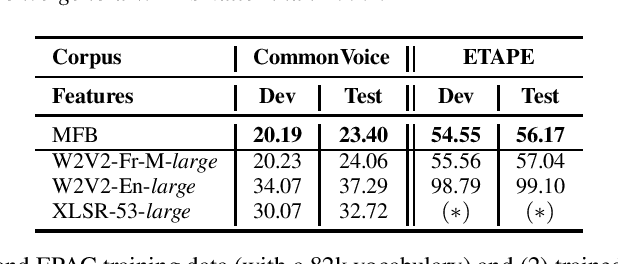
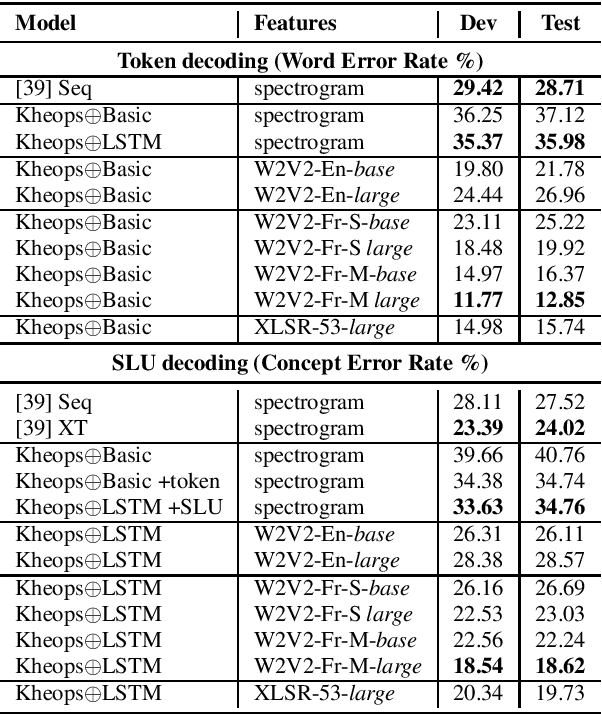
Abstract:Self-Supervised Learning (SSL) using huge unlabeled data has been successfully explored for image and natural language processing. Recent works also investigated SSL from speech. They were notably successful to improve performance on downstream tasks such as automatic speech recognition (ASR). While these works suggest it is possible to reduce dependence on labeled data for building efficient speech systems, their evaluation was mostly made on ASR and using multiple and heterogeneous experimental settings (most of them for English). This renders difficult the objective comparison between SSL approaches and the evaluation of their impact on building speech systems. In this paper, we propose LeBenchmark: a reproducible framework for assessing SSL from speech. It not only includes ASR (high and low resource) tasks but also spoken language understanding, speech translation and emotion recognition. We also target speech technologies in a language different than English: French. SSL models of different sizes are trained from carefully sourced and documented datasets. Experiments show that SSL is beneficial for most but not all tasks which confirms the need for exhaustive and reliable benchmarks to evaluate its real impact. LeBenchmark is shared with the scientific community for reproducible research in SSL from speech.
 Add to Chrome
Add to Chrome Add to Firefox
Add to Firefox Add to Edge
Add to Edge